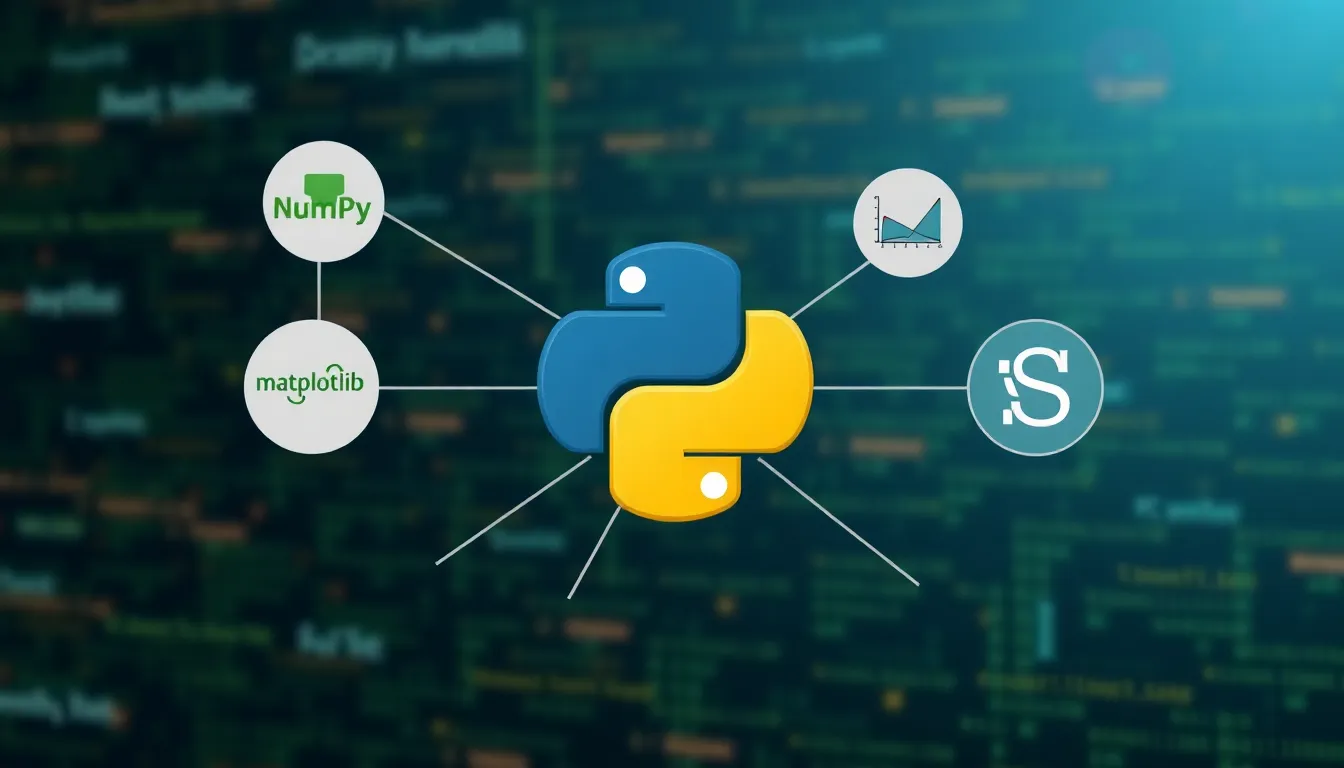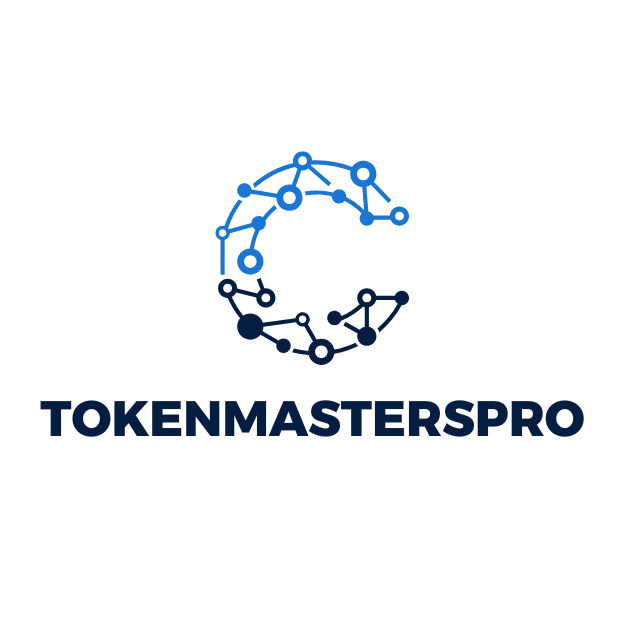In today’s data-driven world, Python has emerged as a powerhouse for data science. Its simplicity and versatility make it the go-to language for analysts and developers alike. With a rich ecosystem of libraries and frameworks, Python streamlines complex data analysis tasks, allowing users to focus on extracting insights rather than wrestling with code.
From machine learning to data visualization, Python’s capabilities are vast and continually evolving. As organizations increasingly rely on data to inform decisions, mastering Python becomes essential for anyone looking to excel in the field of data science. This article explores the reasons behind Python’s popularity and how it can empower individuals to unlock the full potential of their data.
Table of Contents
ToggleOverview of Python for Data Science
Python’s role in data science is significant due to its simplicity and flexibility. These qualities make Python an ideal language for data analysts and developers alike, enhancing their ability to derive insights from data.
Importance of Python in Data Science
Python’s importance in data science stems from its widespread adoption across industries. Organizations leverage Python for analyzing large datasets and building predictive models. Its use in machine learning frameworks like TensorFlow and scikit-learn allows analysts to implement sophisticated algorithms efficiently. Additionally, Python’s integration with data visualization libraries, such as Matplotlib and Seaborn, empowers users to create clear and informative visual representations of data. As businesses prioritize data-driven decision-making, proficiency in Python often correlates with better job prospects and career advancement.
Key Features of Python
- Ease of Learning: Python’s clean syntax makes it accessible to beginners.
- Extensive Libraries: Libraries like NumPy, Pandas, and SciPy provide powerful tools for data manipulation and analysis.
- Community Support: A large community of developers offers support and resources, facilitating problem-solving and collaboration.
- Cross-Platform Compatibility: Python runs on various operating systems, ensuring flexibility in deployment across different platforms.
- Interoperability: Python integrates seamlessly with languages like R and Java, allowing users to combine the strengths of multiple languages.
- Rapid Prototyping: Python’s speed in writing code aids in quickly developing and testing models, speeding up the analysis process.
These features contribute to Python’s dominance in the data science field, equipping professionals with the necessary tools to thrive in a data-centric environment.
Popular Libraries in Python for Data Science

Python’s extensive libraries support powerful data manipulation, analysis, and visualization, making it a top choice for data science professionals. Key libraries include NumPy, Pandas, Matplotlib, and Scikit-Learn.
NumPy
NumPy serves as the foundational library for numerical computing in Python. It provides support for multi-dimensional arrays and matrices, along with a large collection of mathematical functions. NumPy’s array operations are faster and more efficient than traditional Python lists, enabling significant performance improvements in data processing. For example, NumPy can handle up to 50 times faster computations compared to standard Python operations.
Pandas
Pandas specializes in data manipulation and analysis, offering data structures like DataFrames and Series for handling structured data. It allows for easy loading, cleaning, and transforming of datasets. Functions such as groupby, pivot_table, and merge facilitate complex data operations, making Pandas essential for tasks involving time series analysis and data exploration. With its user-friendly syntax, it streamlines the process of preparing data for further analysis.
Matplotlib
Matplotlib is a comprehensive library for creating static, animated, and interactive visualizations in Python. It provides flexibility and control over visual aspects, allowing users to customize plots extensively. Users can create a range of visualizations, from simple line plots to complex scatter plots. The library integrates seamlessly with NumPy and Pandas, enabling effective data visualization across various datasets. Its capability to export visuals in multiple formats supports inclusion in reports and presentations.
Scikit-Learn
Scikit-Learn is a powerful library for machine learning in Python, offering tools for data mining and analysis. It includes implementations for various algorithms, such as classification, regression, and clustering. The library’s consistent API promotes easy integration with other libraries like NumPy and Pandas. Features such as cross-validation, grid search, and pipelines simplify model evaluation and selection, making Scikit-Learn an integral part of the machine learning workflow in data science projects.
Python for Data Visualization
Python excels in data visualization, enabling users to present complex datasets in an easily understandable format. Its diverse range of libraries offers various tools and techniques for effective visualization.
Tools and Techniques
Python features several libraries that simplify data visualization. Key tools include:
- Matplotlib: The foundational library for creating static, animated, and interactive visualizations. It offers customizable plots for diverse data types.
- Seaborn: Built on Matplotlib, Seaborn enhances the aesthetics of plots, making it easier to generate informative statistical graphics.
- Plotly: A library for interactive web-based visualizations, allowing users to create dynamic dashboards and shareable graphics.
- Bokeh: Specializes in creating interactive plots that can be embedded in web applications, facilitating real-time data exploration.
These libraries provide functionalities ranging from basic charting to advanced statistical visualizations, making them suitable for different data analysis contexts.
Best Practices for Visualizing Data
Employing best practices enhances the effectiveness of data visualization. Key recommendations include:
- Choose the Right Visualization Type: Select an appropriate chart or graph type based on the data characteristics. Use bar charts for categorical data, line graphs for trends, and scatter plots for relationships.
- Keep It Simple: Avoid clutter. Focus on essential data points and eliminate unnecessary elements that distract from the message.
- Use Consistent Scales and Color Schemes: Maintain uniformity in colors and scales across visualizations to improve readability and comprehension.
- Label Axes and Include Legends: Clearly label axes with units and provide legends for clarity, helping viewers interpret the data accurately.
- Provide Context: Where applicable, include titles and annotations to explain key insights, guiding viewers in understanding the visualized data.
Adhering to these principles ensures data visualizations effectively convey insights, making them impactful tools in data science.
Real-World Applications of Python in Data Science
Python demonstrates its versatility in various fields, particularly in healthcare and finance. These case studies highlight its effectiveness in addressing complex challenges through data science.
Case Study 1: Healthcare
Python facilitates significant advancements in healthcare analytics. Organizations utilize Python to analyze patient data, improving diagnosis accuracy, treatment plans, and operational efficiency. For example, hospitals leverage machine learning models built with Scikit-Learn to predict patient readmissions, helping them allocate resources effectively. Additionally, Python’s Pandas library allows healthcare analysts to manipulate large datasets, streamlining the processes of data cleaning and preprocessing. The adoption of Python in electronic health record (EHR) systems further enhances its impact by enabling predictive analytics, personalized medicine, and improved patient outcomes.
Case Study 2: Finance
Python plays a crucial role in the finance sector, where it supports various analytical tasks. Financial institutions apply Python to build algorithms for high-frequency trading, utilizing its ability to process vast amounts of data in real time. Libraries like NumPy and Pandas offer robust tools for data manipulation and analysis, enabling analysts to forecast market trends and assess risks effectively. Furthermore, Python’s integration with machine learning frameworks allows for the development of predictive models that enhance investment strategies. For instance, banks utilize Python to analyze customer behavior, improving fraud detection and developing targeted marketing campaigns through customer segmentation analysis.
Python’s impact on data science is undeniable. Its user-friendly nature and robust libraries empower professionals to tackle complex data challenges effectively. As the demand for data-driven decision-making continues to rise, mastering Python becomes essential for anyone looking to excel in this field.
The versatility of Python allows it to adapt to various applications from healthcare to finance. With its strong community support and continuous development, Python remains at the forefront of data science innovation. Embracing Python not only enhances analytical skills but also opens doors to new opportunities in a rapidly evolving landscape.



